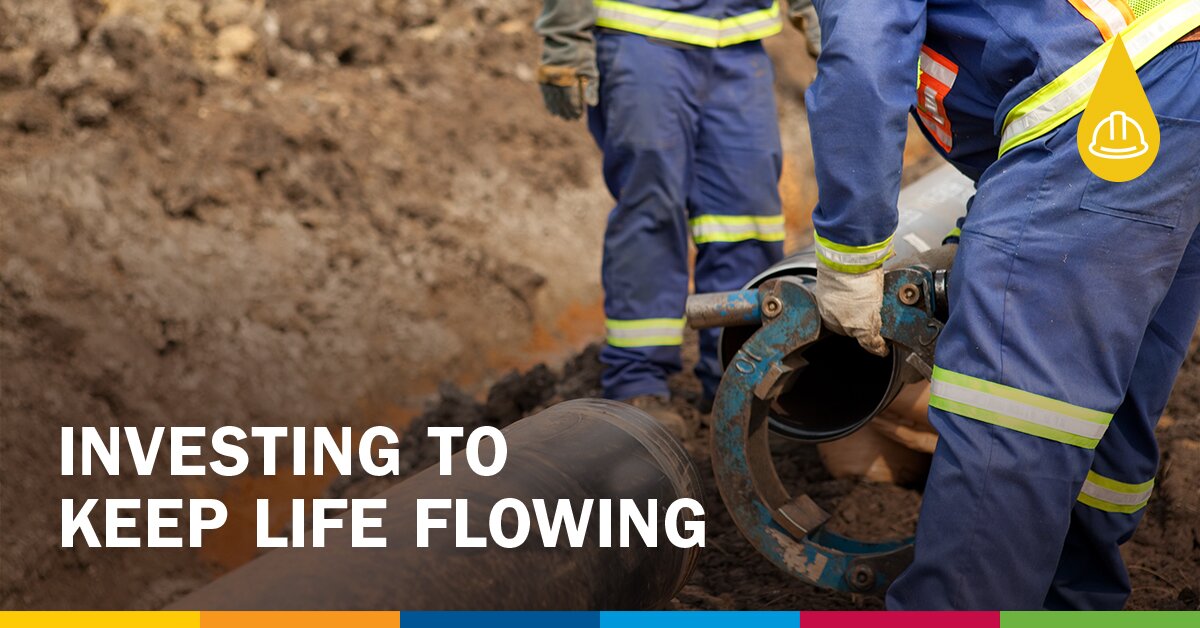Depending on what else is happening on a given day, it’s not unusual that a water main break would make the evening news, especially when it’s something as disruptive as the May 7 break at Philadelphia International Airport. If there seems to be an increasing frequency of main breaks around the country, it’s not just your imagination. A recent study at Utah State University’s Buried Structures Laboratory reports that:
- Overall, the rate of water main breaks has increased by 27 percent in the last six years
- In the past six years, the percentage of existing water mains that have exceeded their useful lives has doubled.
- The pipe replacement rate needs to be 1.0-1.6 percent annually; most utilities in the US are replacing far less.
A large portion of water mains in the U.S.—especially those made of cast iron or cement, which represent almost half of the installed mains in North America—are reaching the end of their lifespan. The closer they get to that point, the more frequent and damaging the problems. Moreover, smaller utilities, which typically have a smaller budget and resources for repair and replacement, experience nearly twice as many water main breaks than larger utilities. Consequently, water main breaks are coming faster than many current resources for infrastructure repair can keep up with.
So, what can be done? One thing we can do is repair and replace pipes at the end of their useful life. For the customers that American Water serves, we have committed to investing more than $7 billion on infrastructure over the next five years to address community needs and to keep life flowing.
The Utah State University study also shows that water conservation efforts are improving across the country as is the average water loss due to leakage. So, until major infrastructure projects are underway, public efforts to conserve and industry efforts to employ the best leak-detection technology may be able to take some of the pressure off aging pipes and, hopefully, delay more widespread water main breaks.


